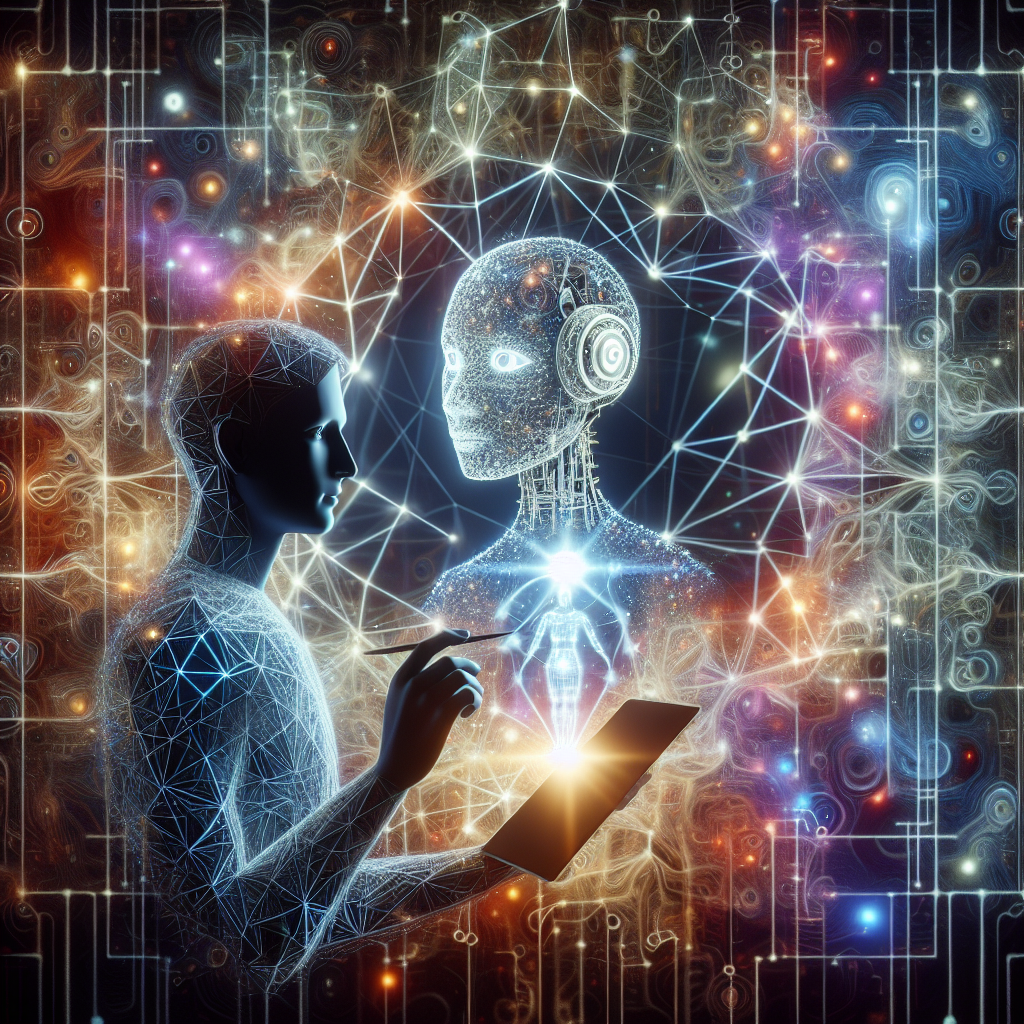Creating, Using and Assessing a Generative-AI-Based Human-Chatbot-Dialogue Dataset with User-Interaction Learning Capabilities

Unlocking the Future of Conversations: Building a Smarter Human-Chatbot Dialogue Dataset
Imagine this: you’re trying to resolve an issue with your cable or internet service, and instead of waiting endlessly on hold, you engage in a seamless, meaningful conversation with a chatbot that truly understands your problem—and your mood. This could soon be a reality, thanks to groundbreaking research aimed at enhancing human-chatbot interactions. Spearheaded by researchers Alfredo Cuzzocrea, Giovanni Pilato, and Pablo Garcia Bringas, this study introduces a novel dataset integral for training chatbots to communicate with human-like adaptability and emotional intelligence.
The Advent of Emotionally Intelligent Chatbots
Chatbots have come a long way since their inception, but they still have a long road ahead. The traditional bottleneck in AI-human interaction has been a lack of emotional understanding and language adaptability. This is where the researchers’ innovative approach—utilizing ChatGPT 3.5—steps in. By generating dialogues that adapt not only to a user’s language proficiency but also their emotional state, the research opens new avenues for chatbots that can provide customer service experiences akin to speaking with a human agent.
Crafting a Transformative Dialogue Dataset
The Role of AI in Generating Dialogues
At the heart of this research is ChatGPT 3.5, a powerful language model capable of generating realistic dialogues. The AI was tasked with creating conversations that reflect varied language proficiency levels and emotional expressions. This creates a dynamic dataset invaluable for understanding how different types of users interact through dialogue.
-
Focus on Language Proficiency: Whether a user is a language novice or an advanced speaker, the dataset can tailor conversations accordingly, ensuring clarity and avoiding misunderstandings.
-
Emotional Context Sensitivity: By infusing dialogues with emotions ranging from happiness to frustration, this comprehensive dataset aims to prepare chatbots for real-world human interactions that are rarely just logical or neutral.
Evaluating Dialogue Quality
Generating dialogues is only the first step. It’s crucial that these conversations not only sound realistic but also effectively communicate and solve problems. To ensure this, the dialogues undergo rigorous quality assessments. This includes evaluating the complexity of language to cater to users across different proficiency spectra.
Standard complexity measurements are employed to gauge whether both the human and AI communication levels align with the expected standards. This ensures that the generated dialogues are not only possible but practical for real-world applications.
Storing Conversation Patterns
Each interaction is meticulously recorded, creating a treasure trove of data about how chatbots react under specific emotional circumstances. By analyzing these patterns, researchers can identify what types of responses work best in various scenarios, forming the backbone of more adaptable, emotionally intelligent AI systems.
From Research to Real-World Impact
Practical Implications
The practical impact of this study could be transformative for several sectors, primarily customer service, which often acts as the first point of contact between companies and customers.
-
Enhanced Customer Satisfaction: By personalizing responses to suit a user’s language proficiency and emotional state, companies can improve customer satisfaction markedly.
-
Reduced Operational Costs: More efficient chatbots mean fewer human agents are needed, significantly cutting costs without sacrificing service quality.
-
Broader Accessibility: From helping non-native speakers to providing emotional support during interactions, this dataset could set new standards for inclusivity.
Bridging the Human-AI Gap
Though the current capabilities of chatbots are impressive, there’s undeniable potential for growth. This research is a significant stride toward narrowing the communication gap between humans and machines. It charts a pathway toward developing chatbots that learn and evolve from every interaction, becoming more intuitive and responsive over time.
Key Takeaways
-
Generative AI using ChatGPT 3.5: The innovative use of AI to generate contextually relevant and emotionally aware dialogues is a cornerstone of future AI-human interaction.
-
Dataset Versatility: By addressing variables like language proficiency and emotion, AI can tailor interactions, enhancing effectiveness across diverse user groups.
-
Practical Benefits: From improved customer experiences to cost-effective solutions, this research has far-reaching implications for numerous industries.
-
Towards Emotional Intelligence: The ultimate goal is to create chatbots that do more than respond—they empathize, predict needs, and provide nuanced interactions.
In conclusion, this research not only illuminates the path forward for AI development but also challenges preconceived notions about human-machine dialogues. By infusing emotional intelligence into AI interactions, we edge closer to a future where digital and human coexist seamlessly, each learning from the other in a dance of ever-improving communication. As AI continues its evolution, such innovations will ensure it does so with understanding and empathy at its core.
We stand on the brink of a new era in AI interactions. As conversational AI grows more sophisticated, research like this will be instrumental in shaping the chatbots of tomorrow. Where do you see this technology taking us next?




